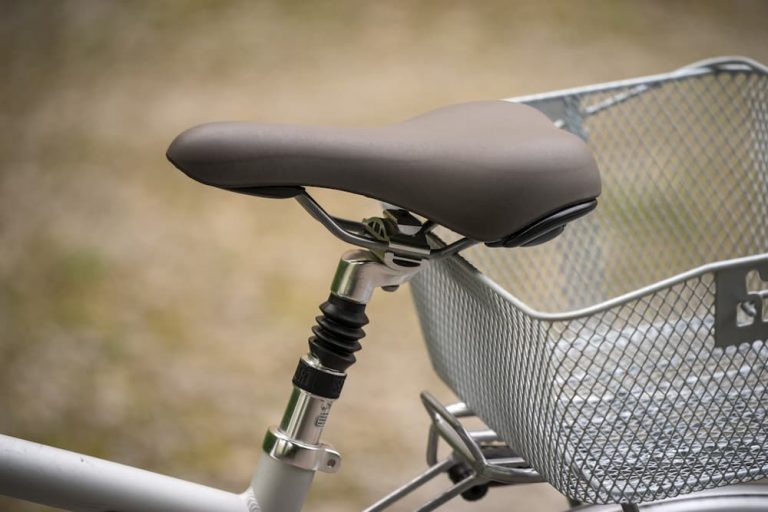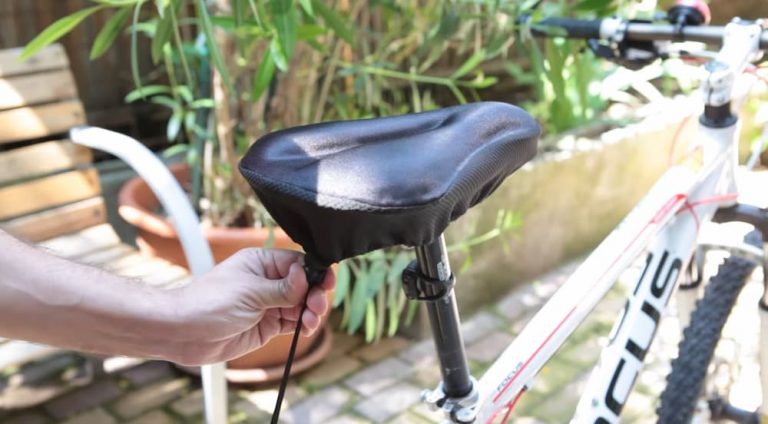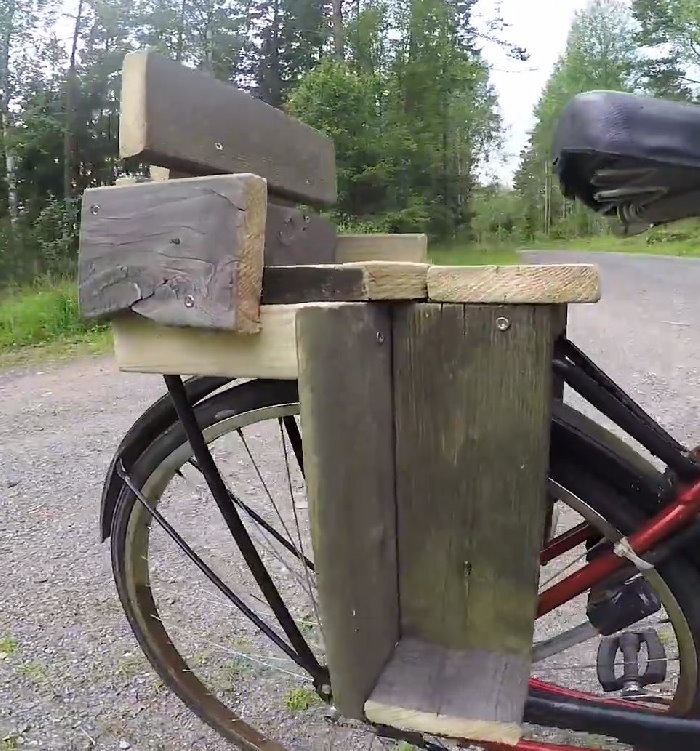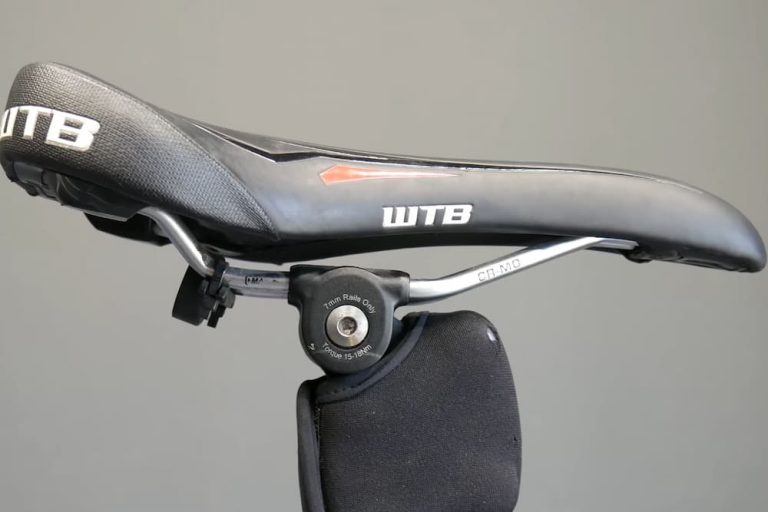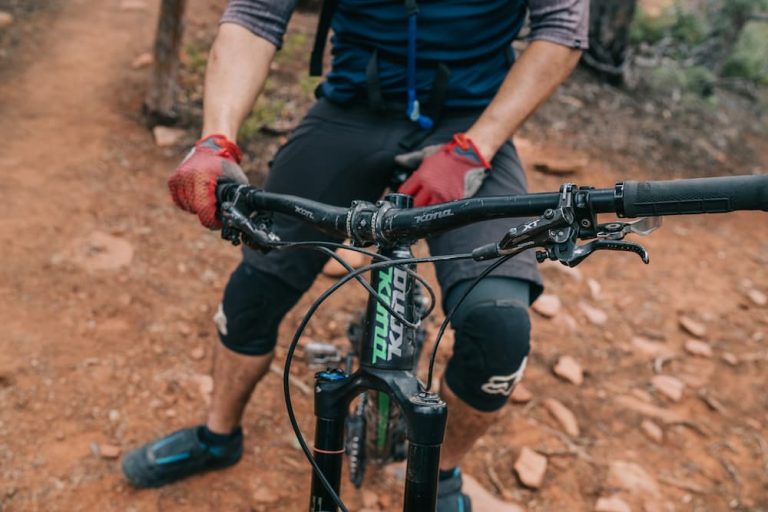Noseless Bike Seat Pros and Cons
If you’re a cycling enthusiast, you’re likely always on the lookout for ways to enhance your riding experience. One such innovation that’s been creating a buzz in the cycling world is the noseless bike seat. As the name suggests, these seats lack the traditional protruding ‘nose’ found on standard bike saddles, and they’re designed to offer a unique set of benefits.
In this article, I’ll delve deep into the world of hornless bike seats, examining noseless bike seat pros and cons in detail. I aim to provide you with a balanced perspective, highlighting the advantages these seats can offer, such as improved blood flow and reduced pressure on the perineum, while also discussing potential drawbacks, like weight shifting and limited maneuverability.
By the end of this article, you’ll have a thorough understanding of the advantages and disadvantages of noseless bike seats, empowering you to make an informed decision about whether this innovative saddle design is the right fit for your cycling needs. So, let’s dive in and explore the world of noseless bike seats together.”
Noseless Bike Seat Pros and Cons
In the world of cycling, there is no general solution to any problem. One cyclist might love the comfort that the best noseless bike seats provide, but another cyclist might not.
Before making an ultimate decision, it’s crucial to explore everything about them.
Noseless Bike Seat Pros
Noseless bike seats have a lot of advantages. From increasing your blood flow to offering the utmost flexibility, they’re just a delight! Let’s learn a bit more about them.
Improved Blood Flow
One of the main benefits of noseless bike seats is that it helps to increase your blood flow. Traditional saddles with a nose might limit blood circulation, resulting in discomfort and numbness. Noseless seats ensure unrestricted blood flow and alleviate pressure on the perineum. It lowers the possibility of many health difficulties as prostate problems and erectile dysfunction.
Reduced Rubbing
I have found that reduced rubbing of the inner thigh area is a great advantage of noseless bike seats that very few saddles offer. Since there’s no nose on the saddle, you’ll have to face less friction and irritation.
Too much friction will lead to discomfort and potential skin issues. Noseless bike seats minimize this problem, allowing for a smoother and more pleasant ride. The reduced rubbing also helps cyclists avoid diseases like sexual dysfunction, ensuring their overall well-being.
Less Pressure on the Perineum
One of the primary issues of traditional nose saddles is the high pressure they put on the perineum. Based on my research, it’s obvious that this pressure can result in pain and discomfort.
Noseless bike seats offer better balance and distribute the upper body weight on the sitting bones rather than the perineum. It helps alleviate discomfort and reduce the risk of long-term health issues.
Better Aggression
Noseless bike seats come with a convenient wider front capable of alleviating the pressure on the ischial rami. It allows riders to sit more comfortably and take a more aggressive stance.
Comfort for People with Specific Conditions
I have found that noseless bike seats are often recommended for cyclists who have experienced discomfort or pain while riding traditional saddles. They can be beneficial for people with prostate issues, genital or pelvic floor pain, or those recovering from perineal injuries or surgeries.
Better Ventilation
With their cutout or split design, noseless bike seats allow for increased airflow and ventilation in the perineal region. This ventilation can help reduce moisture and heat buildup, leading to a cooler and more comfortable ride.
Flexibility and Range of Motion
Based on my research, noseless bike seats offer a wider range of positioning options compared to traditional saddles. Riders can adjust their riding position and find a comfortable stance without being limited by a fixed nose or a specific saddle shape. This flexibility can be beneficial for riders who prefer a more upright position or need to shift their weight during different riding conditions.
Noseless Bike Seat Cons
We’ve discussed all noseless bike seat advantages, now it’s time to bring the disadvantages into the light.
Shifting Weights
One of the potential drawbacks of noseless bike seats that I have discovered is the adjustment period required to get used to the new saddle. As with any change in equipment, it may take some time for your body to adapt to the different riding positions and support.
Your weight will shift and you will feel pressure on your shoulders, back, and abs as you try to balance your stance. But, with patience and practice, you’ll find that the benefits outweigh the challenges.
Limited Maneuverability
Traditional saddles with a nose offer additional support for bracing your legs and adjusting your center of gravity during cycling. I have found that without a nose, some cyclists might feel a slight decrease in control and handling abilities.
Based on my research, leaning over the aerobars or in the drops might cause you to slide off the seat, forcing you to constantly push your rear back up on the seat.
Not for Every Bike
Traditional road bikes, especially those designed for racing or high-performance riding, often have a forward-leaning riding position. This position puts more weight on the hands and requires the saddle to support the rider as well. Noseless bike seats may not provide the necessary support and stability in this aggressive riding position.
Mountain bikes are built for off-road trails. The design of mountain bike saddles takes into account the need for control and stability. Noseless seats don’t offer the same level of control if you want to ride through such terrain.
BMX bikes are primarily used for freestyle and stunt riding, including jumps, tricks, and park riding. BMX saddles are usually slim and narrow to allow for maximum movement. Speedstars might not get the required support and control from noseless bike seats.
Conclusion
If you’re not happy with your current bike saddle and thinking of switching to a noseless one, then make sure to consider the pros and cons of noseless bike seats.
Hornless bike saddles offer several advantages for cyclists seeking a more comfortable and pain-free riding experience. Improved blood flow, reduced rubbing, less pressure on the perineum, and better ventilation are some of the key benefits.
It’s also essential to consider the potential weight shifting, impact on maneuverability, and compatibility concerns. Try out a few to compare their features before choosing your noseless bike saddle.

